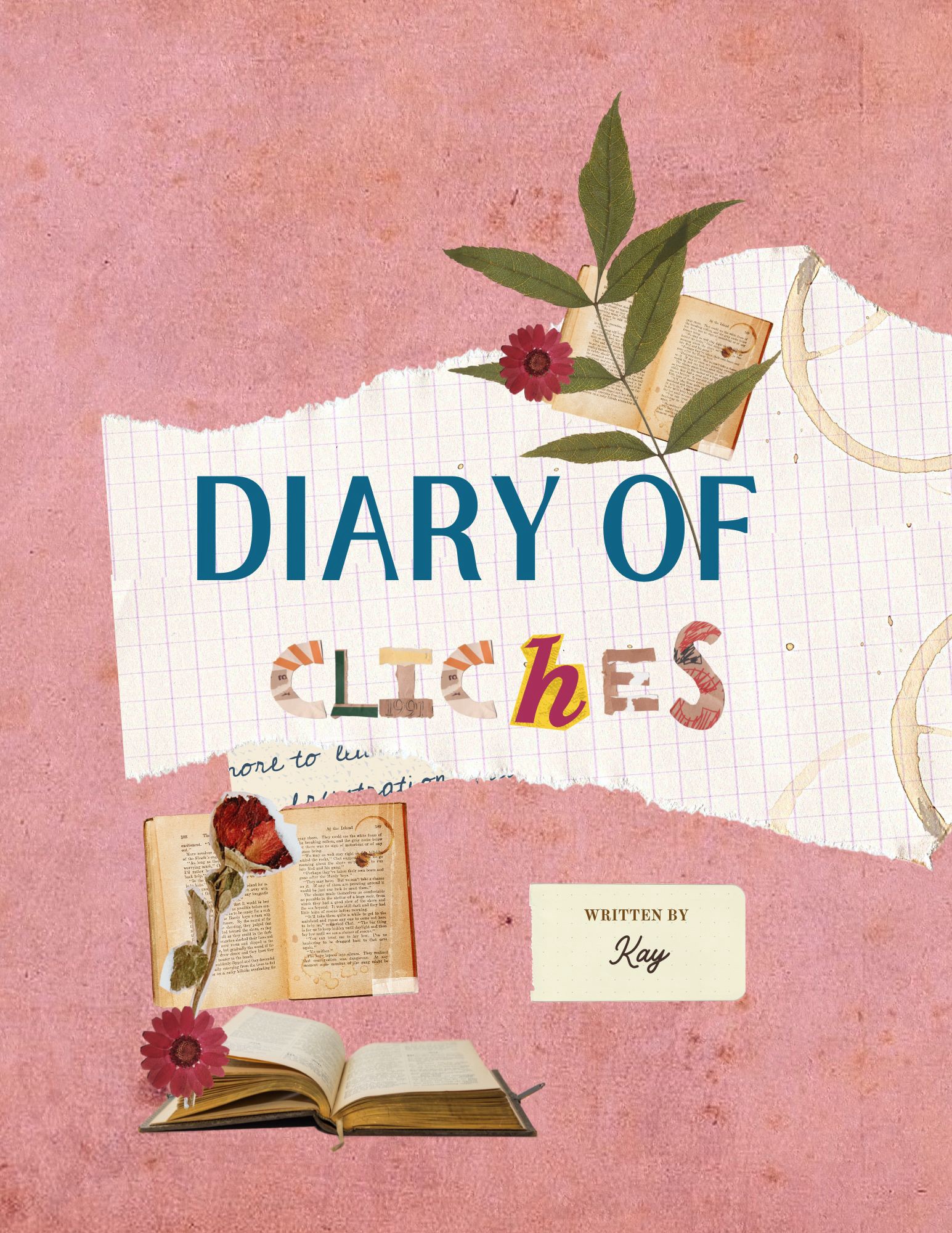
Ayn Rand might have left me reeling with “Atlas Shrugged,” but her influence lingered. I picked up “The Virtue of Selfishness,” intrigued by the title’s audacity.
Here, Rand’s philosophy took a more self-help spin, advocating for rational self-interest as the key to personal growth. This resonated to a certain extent. In the throes of grief, self-care did feel essential. I couldn’t pour from an empty cup, and focusing on my own well-being, both mental and emotional, felt like a necessary first step. However, Rand’s brand of selfishness still felt a little…cold. It lacked the compassion and connection I craved.
While taking care of myself was important, there was a whole world out there, and I wasn’t sure I wanted to navigate it alone. “The Virtue of Selfishness” offered a tool, but it didn’t quite capture the complexity of human relationships or the joy of giving back. I closed the book with a lingering question: was there a way to be strong and independent, while still fostering meaningful connections with others?
Then there was Indira – this book found me when I was looking to be discovered. It pulled me out of some very stormy rivers and took me to shore. “Indira: A Biography” wasn’t just a biography, it was a lifeline. During that time, I felt utterly lost, adrift in a sea of grief and confusion. Then, as if by happenstance, I stumbled upon this book about Indira Gandhi, India’s powerful and controversial Prime Minister. The title alone held a strange allure, a promise of a woman who had navigated her own stormy waters. And it delivered. Indira Gandhi’s story resonated deep within me.
Perhaps it was her rise to power in a male-dominated world, mirroring my own struggle to be heard and respected. Maybe it was her unwavering determination in the face of political turmoil, a quality I desperately needed to cultivate within myself. Whatever the reason, “Indira” became a beacon in the storm. As I devoured the pages, I felt a sense of calm washing over me. The book didn’t offer easy answers, but it provided a powerful example of resilience and strength in the face of adversity. With each chapter, I felt a piece of myself coming back together.
Indira’s journey, filled with triumphs and tribulations, became intertwined with my own. Slowly, I began to see a way out of the darkness, a path towards self-discovery and the courage to forge my own path. By the time I finished the book, I wasn’t the same person who had started reading it. The challenges of life hadn’t vanished entirely, but “Indira” had shown me a role model, a woman who had weathered storms and emerged stronger. I emerged from the experience forever changed, forever grateful for the book that had found me when I needed it most.
Then there was Life of Pi which kept me engaged while ashore. After the emotional intensity of “Indira,” I craved a story that would keep me engaged, yet offer a reprieve from the heavy themes I’d been grappling with.
“Life of Pi” walked into my life (or rather, sailed in) at the perfect moment. Yann Martel’s fantastical tale of a young man stranded on a lifeboat with a Bengal tiger was pure escapism, yet strangely profound. Pi Patel’s journey across the vast ocean, filled with fantastical creatures and philosophical musings, was a captivating adventure. The book didn’t shy away from difficult topics – the harsh realities of survival at sea, the complexities of human-animal relationships. However, it approached them with a sense of wonder and a surprising dose of humor.
Pi’s unwavering optimism, even in the face of unimaginable challenges, was infectious. As I read, I felt a sense of calm settle over me. Sure, I was still “ashore” after the emotional storms I’d weathered, but “Life of Pi” reminded me of the beauty and wonder that still existed in the world.
It was a reminder to keep an open mind, to embrace the fantastical alongside the real, and to find strength in the face of adversity, just like Pi. Something about Pi being stranded with a Tiger onboard resonated with my own powerful inner self stranded within a mere mortel existence calling for the non-comfirmist within me to break free.
“Life of Pi” wasn’t just a wild story; it hit a deep chord within me. Pi, this kid stranded with a tiger on a boat in the middle of nowhere – that felt weirdly symbolic. Like my own powerful inner self, stuck in this ordinary life, yearning to break free. And the tiger, this magnificent creature trapped in a tiny space? That was totally me, my nonconformist spirit clawing at the bars of expectation. This wasn’t just a fun read; it was a wake-up call. Pi’s story, with all its fantastical elements, was also about survival and determination. It sparked something inside me.
My life felt so…routine. Work, sleep, repeat. It wasn’t bad, but it wasn’t me. I craved adventure, a chance to push myself and see what I was truly capable of. “Life of Pi” didn’t give me all the answers, but it did light a fire. It made me want to break free from the mold, to embrace the unknown and carve my own path. The tiger, a symbol of raw power, became a constant reminder – there was a wild, untamed spirit inside me, and it was time to set it loose.
The book left me with a question that echoed in my mind: was I brave enough to step onto my own metaphorical lifeboat, even if it meant facing the vast ocean with just my inner tiger by my side?
The Kite Runner gave me a confidence I never knew I had….
“The Kite Runner” wasn’t just another story; it was a gut punch that awakened a confidence I never knew I possessed. Khaled Hosseini’s heartbreaking tale of friendship, betrayal, and redemption resonated with something deep within me. Amir, the protagonist, grappled with guilt and a crippling sense of cowardice. Seeing him confront his past, take a stand for what he believed in, ignited a spark of courage within me.
Perhaps it was the sheer rawness of the emotions, the unflinching portrayal of human flaws, or the unwavering hope that flickered even in the darkest corners of the story. Whatever it was, “The Kite Runner” challenged me to confront my own fears and self-doubt. It made me realize that even the most seemingly ordinary person has the potential for extraordinary acts of bravery.
As I turned the final page, a shift occurred. I felt a newfound strength, a willingness to stand up for myself and the things I believed in. The voice of self-deprecation that had plagued me for so long seemed a little quieter. Amir’s journey, while deeply personal, became a universal call to action. It reminded me that courage isn’t the absence of fear; it’s the willingness to act in spite of it. And that, thanks to “The Kite Runner,” was a lesson I wouldn’t soon forget.
(To be continued….)

Leave a comment